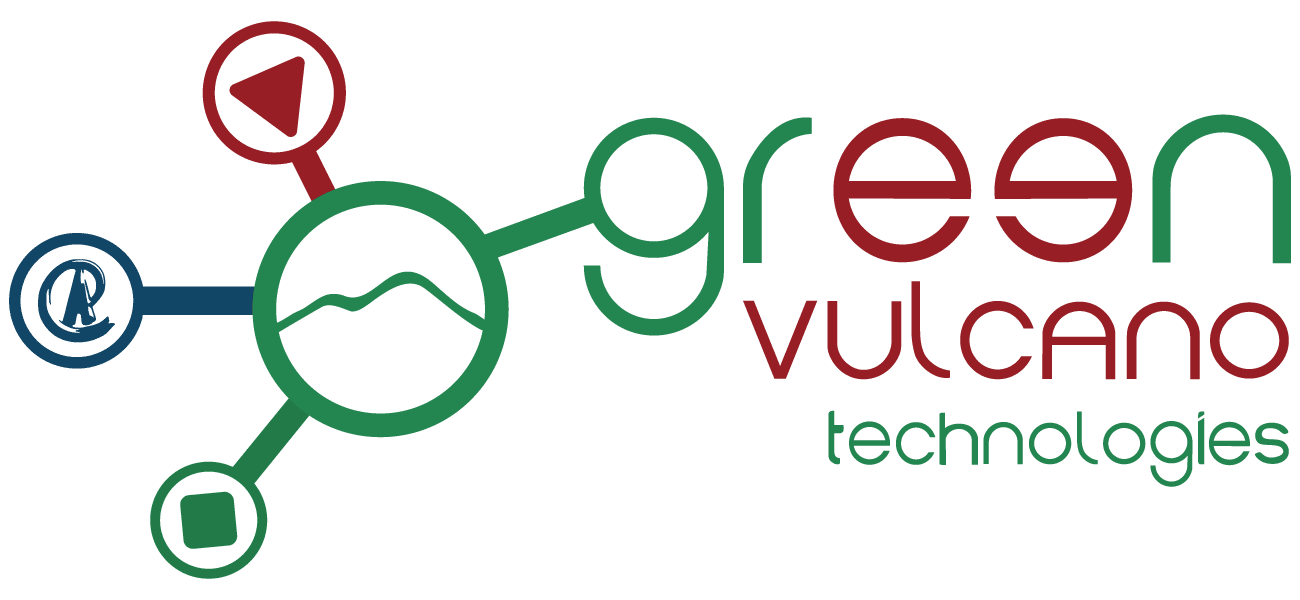When dealing with the world of IoT, one might think of a nebulous quantity of notions and innovations, which only share the idea of connectivity, originality and more broadly a connection with the Internet.
This is not entirely wrong: in its strictest meaning, we can say that the Internet of Things “consists of any device with an on/off switch connected to the Internet”.
How did we get here?
The meaning of Iot, however, changed with the times. Since the core definition of an IoT device consists of a physical component, we can even allude to the idea of a “pre-Internet” IoT. This would involve devices that could connect to each other, although without the use of the Internet - as the electromagnetic telegraph or apparatuses used to send Morse code lines.
With the advent of new technologies and, above all, with the very first computers, IoT changed its meaning to something closer to our perception. Machines didn’t need a second user at the other end, but they worked as operators themselves.
It’s the age of Olivetti, of evolutions that would use the early TCP/IP protocols to connect an IBM computer to Romkey’s toaster, the implementation of Arpanet, and most significantly the World Wide Web. It is with the transition of wireless devices through the Net that we got to what in 1999, Kevin Ashot, the then Executive Director of Auto-ID, called “the Internet of Things”.
Today, IoT developed extremely quickly, covering a wide range of subjects and sectors. From security to the environment, from urban development to biotechnology, IoT allows us to apply the most creative methods in the research to tackle many of the yet unresolved problems we endure today.
Stepping away from the strictest infrastructural applications, one should only think that at the Queen Mary College of London and at the University of Padua, teams of researchers are working on a bio-IoT. According to them, bacteria can be regarded as devices with all the characteristics of a mobile, operating machine, with integrated sensors and engines - and, hence, hackable to serve our pharmaceutical goals.
Moreover, as we already wrote in a post last year, IoT can help us tackle climate change, as well as many other worthwhile fields from both a scientific and a financial point of view.
Cities change - or better, they improve
Today, more practical examples and logical integrations of IoT occur in cities and urban environments, with the so-called smart cities. New York and London already implemented IoT solutions to reach a higher environmental sustainability. Some examples of this can be seen in Bird Street in London or smart sidewalks and the 2020 plans of the New York city administration. Meanwhile, in Japan, Toyota announced its plan to build a brand-new smart city.
GreenVulcano is carrying on innovation in this field in Italy too. Last year, for instance, it partnered with Alan Advantage to work on the Oracle’s project Proxima City. Or yet, with its Project SPARTA. In this project, GreenVulcano is researching an innovative sustainable solution to city traffic and congestion, one of the main causes of urban pollution.
The future walks up: IoT and Blockchain
Adoption of the blockchain system - with all the industries it is renovating - could not happen if not supported by a hardware as solid as one the IoT can provide. Storing and processing of data, sharing, computation and, especially, blockchain security could not be possible if not relying on a sound, performing physical layer.
For instance, Sensoworks - a solution developed by GreenVulcano for maintenance and control of industrial plants, bridges, tunnels, viaducts, and so on - harvests and shares data on a blockchain-based system. It does this in order to provide the highest control on the phases of storage and transfer of data on a safe, unhackable chain.
Dynamic Energy
Energy is, perhaps, one of the fastest changing industries. From autonomous oil off-shore platforms to smart lightbulbs for consumption control, IoT is helping to reduce the waste of energy and the relative costs, both for the individual citizen as well as for big companies. The infrastructure provided by new, creative solutions already proved its effects to all the grid linking the diverse operational and productive units.
Surely, in all these three cases, the problem is always the same: security - be it the protection of personal data or the most basic health and safety norms of machinery. Cameras and sensors in a smart city or the encryption of data on a block of the blockchain could become a threat to users’ privacy. As well as malfunctions or harmful events for energy plants or extraction pipes. In the future, auditing systems will become increasingly necessary for advanced IoT devices.
Conclusion
Innovation in the IoT industry doesn’t seem willing to stop in the short run and most likely will continue to strengthen in the long run as well. An increasingly smart and tech-savvy clientele gives the IoT a wide range of growth in the market, where the improvement of customers’ and companies’ daily life has a pivotal role.
Gartner foresees that in 2021 there will be 25 billion devices connected to the Internet, revealing the exponential growth awaiting the IoT down the road. Financial internal movements in the market - as the acquisition of Nest Labs and the proposal for Fitbit, Inc. by Google - let us further understand how big players don’t want to lose such a profitable chance.
With the adoption and the improvement of these technologies increasing in unison with their associated costs decreasing, consultancies such as Gartner, McKinsey, and PWC stress that this industry could see an ROI in the trillions of dollars by 2025.

